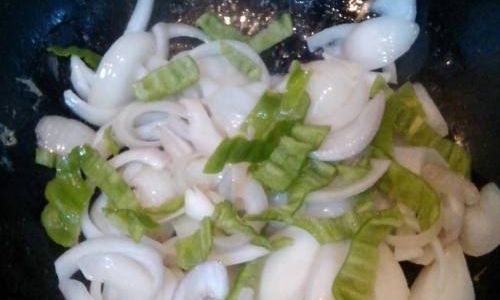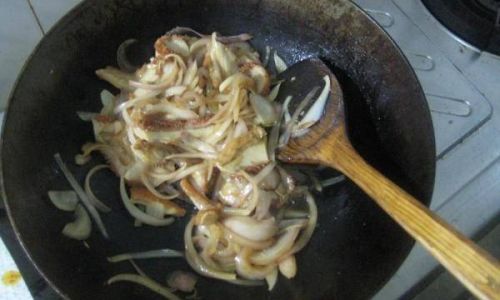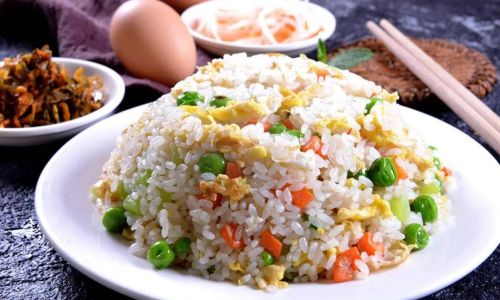Table of content
Steaming crabs is a delightful culinary experience that brings out their natural sweetness and tender texture. While traditional steamers are often used for this purpose, an electric rice cooker can serve as a versatile and convenient alternative. This kitchen appliance, known primarily for its ability to cook rice perfectly, can also be repurposed to steam a variety of foods, including crabs. In this article, we’ll explore the intricacies of steaming crabs using an electric rice cooker, from preparing the crabs and setting up the cooker to enjoying the final dish.
Understanding Your Electric Rice Cooker
Before diving into the recipe, it’s essential to understand the basics of your electric rice cooker. Most models come with a non-stick inner pot, a steam tray or rack, and a lid that seals tightly to trap steam. The cooker operates on a simple principle: it heats water until it boils, creating steam that cooks the food placed above the water level. Some advanced models have additional settings like ‘Steam’ or ‘Warm,’ which can be useful for steaming crabs.

Ingredients and Equipment
Ingredients:
- Fresh or frozen crabs (preferably blue crabs, Dungeness crabs, or snow crabs)
- Salt (for seasoning the water)
- Garlic (optional, for flavoring)
- Ginger (optional, for flavoring and reducing crab’s ‘fishy’ taste)
- Scallions or green onions (optional, for garnish)
- Soy sauce, vinegar, or your favorite dipping sauce
Equipment:

- Electric rice cooker
- Steaming rack or trivet (if not included with the rice cooker)
- Large bowl or sink (for cleaning crabs)
- Sharp kitchen shears or a crab cracker (for cleaning and cracking the crabs, if desired)
- Tongs or heat-resistant gloves (for handling hot crabs)
- Serving plate or bowl
Preparation Steps
Preparing the Crabs
- Cleaning: If using live crabs, start by rinsing them under cold running water to remove any dirt or debris. Be cautious as crabs can pinch! For frozen crabs, thaw them in the refrigerator overnight or under cold running water before cleaning.
- Killing and Cleaning: While some prefer to have their crabs professionally cleaned and prepared, you can do it at home if you’re comfortable. This involves rendering the crab unconscious (quickly plunging it into boiling water or chilling it), then cleaning out the internal organs and gills. This step is crucial for a pleasant eating experience but can be skipped if purchasing pre-cleaned crabs.
Setting Up the Electric Rice Cooker
- Adding Water and Seasonings: Pour enough water into the rice cooker’s inner pot to reach about halfway up the steaming rack or trivet. Add a pinch of salt for flavor. If using garlic or ginger, you can add slices or crushed pieces to the water for added aroma and flavor.
- Placing the Rack: Insert the steaming rack or trivet into the pot, ensuring it’s stable and not submerged in water.
Arranging the Crabs
- Positioning: Place the crabs on the steaming rack in a single layer, belly side down (if possible). This helps retain juices and ensures even cooking.
- Covering: Securely close the rice cooker’s lid to trap the steam.
Cooking the Crabs
- Starting the Cooker: Set the rice cooker to its standard ‘Cook’ or ‘Rice’ setting. Depending on the size and model of your cooker, the steaming process can take anywhere from 15 to 30 minutes. Larger crabs or those with thicker shells may require more time.
- Checking Doneness: After the cooker switches to its ‘Keep Warm’ or ‘Standby’ mode, use tongs or heat-resistant gloves to carefully lift the lid and check the crabs. They should be a bright orange-red color and the shells should easily pull apart when gently squeezed.
Serving and Enjoying
- Removing Crabs: Carefully transfer the steamed crabs to a serving plate or bowl using tongs or gloves to avoid burns.
- Serving: Crabs can be served whole with crackers or shears on the side for guests to crack and eat themselves. Alternatively, you can pre-crack the crabs and arrange the meat on a platter.
- Garnishing: Garnish with sliced scallions or green onions for a pop of color and added flavor.
- Dipping Sauce: Provide soy sauce, vinegar, or your favorite dipping sauce on the side for added taste.
Tips for Perfect Steamed Crabs
- Crab Size: Larger crabs may need more time to cook thoroughly. Adjust the steaming time accordingly.
- Flavor Infusion: Experiment with different herbs and spices in the steaming water, such as lemon slices, bay leaves, or black peppercorns, to enhance the flavor of the crabs.
- Safety First: Always handle live crabs with caution to avoid injury. Use appropriate tools like tongs or gloves when handling hot crabs and steam.
- Leftovers: Steamed crabs can be enjoyed later by reheating them in the oven or microwave. However, they are best consumed fresh for maximum flavor and texture.
In conclusion, steaming crabs in an electric rice cooker is a simple yet effective way to enjoy this seafood delicacy. With minimal equipment and a few straightforward steps, you can create a restaurant-quality dish at home. Whether you’re hosting a seafood feast or just treating yourself, this method ensures your crabs will be tender, flavorful, and ready to delight your taste buds. Happy steaming!






0 comments